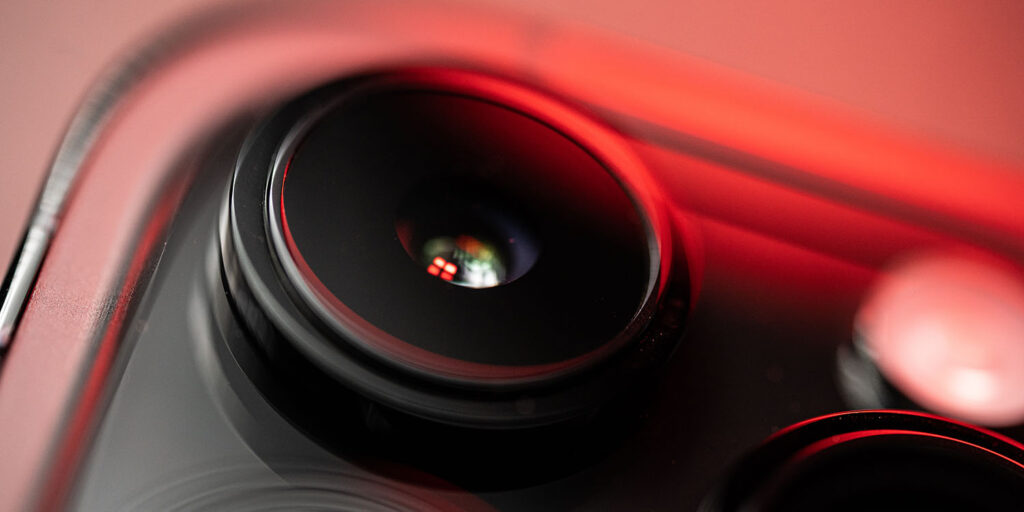Apple is exploring groundbreaking image sensor technology that could achieve up to 20 stops of dynamic range, a level that not only surpasses the capabilities of the ARRI ALEXA 35 but also approaches the dynamic range of the human eye. This innovative leap in camera sensor design is detailed in a newly published patent titled “Image Sensor With Stacked Pixels Having High Dynamic Range And Low Noise,” first reported by Y.M.Cinema Magazine.
The patent outlines a next-generation sensor that could rival the dynamic range of professional cinema cameras, promising significant advancements in digital imaging. The dynamic range, measured in “stops,” indicates the ratio between the largest and smallest values of light captured without losing detail. A 20-stop dynamic range equates to an impressive 1,048,576:1 contrast ratio, ensuring no loss of light or shadow detail in images.
Understanding Dynamic Range in Imaging
Dynamic range is a critical factor in digital imaging, determining how well a camera can capture details in both bright and dark areas of a scene. While the iPhone 16 Pro Max’s dynamic range remains unspecified, CineD’s analysis of the iPhone 15 Pro Max’s 24mm camera provides some context. Their tests revealed approximately 11 stops above the noise floor, with significant noise reduction occurring internally.
“At ISO55, we are getting 12 stops of dynamic range in the iPhone 15 Pro Max for a signal to noise ratio (SNR) of 1, and the same 12 stops for a signal to noise ratio of 2,” CineD reported. “IMATEST calculates 13.4 stops at ISO1200, indicating the extensive noise processing involved.”
Comparatively, the human eye’s dynamic range averages around 10-14 stops, potentially reaching 20-30 stops with adjustments. Apple’s potential 20-stop sensor could thus represent a significant leap forward.
Apple’s Innovative Sensor Design
Traditionally reliant on Sony for camera sensors, Apple’s patent suggests a shift towards developing proprietary technology. The proposed architecture features a two-layered design:
- Sensor Die: Captures light using photodiodes and custom analog circuitry.
- Logic Die: Processes the captured light, incorporating built-in noise suppression.
This stacked sensor design is not entirely new; Sony employs a similar approach. However, Apple introduces unique elements such as the LOFIC (Lateral Overflow Integration Capacitor), enabling each pixel to store light at three charge levels based on scene brightness. Additionally, each pixel includes a current memory circuit to cancel out thermal noise in real-time, reducing the need for post-processing.
Utilizing a three-transistor (3T) pixel structure, Apple aims to enhance noise reduction efficiency. This design could potentially allow Apple to surpass not only smartphone competitors but also professional camera manufacturers like Sony, Canon, and RED in specific metrics.
Potential Implications for the Industry
If integrated into future products, this sensor technology could revolutionize mobile photography and videography. As Y.M.Cinema Magazine speculates, potential applications include:
- Cinematic HDR on mobile devices
- Real-time noise-free video capture
- Professional-quality imaging in ultra-thin form factors
The implications extend beyond consumer devices. A mobile sensor offering 20 stops of dynamic range and advanced noise suppression could disrupt mobile cinematography, HDR streaming content, and even professional filmmaking kits where compactness and quality are essential.
Patents and Future Prospects
While the prospect of such technology is exciting, it is essential to approach patents with caution. Apple has a history of filing patents for innovations that do not always materialize. Technical challenges remain, and many questions about feasibility and implementation are yet to be answered.
“Camera enthusiasts are among the most engaged and detail-oriented individuals,” notes a Reddit discussion. “Their skepticism is not surprising but rather welcome to provide additional perspective.”
Nonetheless, Apple’s exploration into in-house chip-making and sensor technology is noteworthy. Whether this innovation will translate into a commercial product remains to be seen, but it highlights Apple’s commitment to pushing the boundaries of digital imaging.
